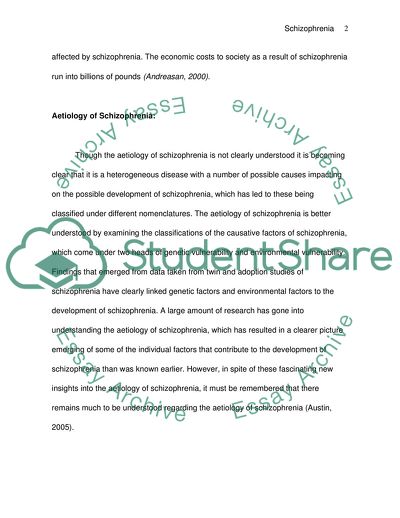Cite this document
(The Etiology of Schizophrenia Coursework Example | Topics and Well Written Essays - 2000 words, n.d.)
The Etiology of Schizophrenia Coursework Example | Topics and Well Written Essays - 2000 words. https://studentshare.org/nursing/1712805-the-etiology-of-schizophrenia
The Etiology of Schizophrenia Coursework Example | Topics and Well Written Essays - 2000 words. https://studentshare.org/nursing/1712805-the-etiology-of-schizophrenia
(The Etiology of Schizophrenia Coursework Example | Topics and Well Written Essays - 2000 Words)
The Etiology of Schizophrenia Coursework Example | Topics and Well Written Essays - 2000 Words. https://studentshare.org/nursing/1712805-the-etiology-of-schizophrenia.
The Etiology of Schizophrenia Coursework Example | Topics and Well Written Essays - 2000 Words. https://studentshare.org/nursing/1712805-the-etiology-of-schizophrenia.
“The Etiology of Schizophrenia Coursework Example | Topics and Well Written Essays - 2000 Words”. https://studentshare.org/nursing/1712805-the-etiology-of-schizophrenia.


